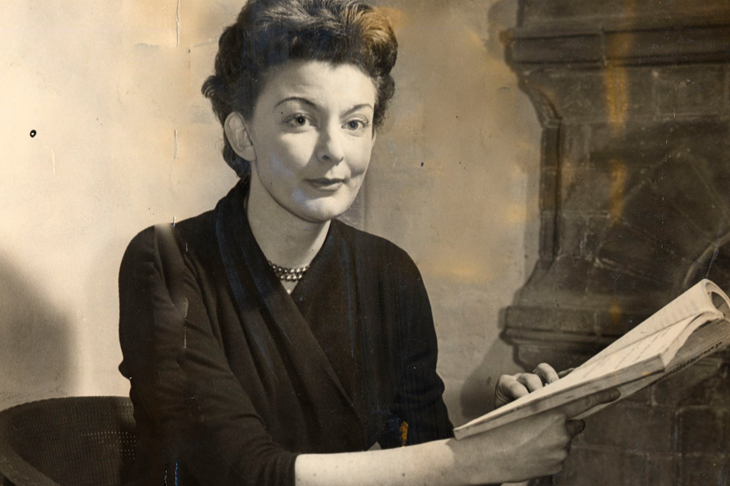Look Back in Anger, John Osborne’s 1956 play, was a fertile cultural seedbed: out of it sprouted the Angry Young Men and kitchen-sink drama. What was less clear at the time was the extent to which it was autobiographical, based on Osborne’s failed first marriage to the actress Pamela Lane. In the play, Jimmy, the working-class anti-hero, harangues his wife, the cool, emotionally distant and upper-middle-class Alison, attacking her parents and her background. When Lane saw the play she immediately recognised this portrayal. When asked, many years later, about her reaction, she said: ‘I felt as though I had been raped.’ The play was a theatrical version of revenge porn.
Peter Whitebrook, in his commentary on the young couple’s letters, retells the familiar story. Osborne, a second-rate actor and budding dramatist, met Lane while working at the Bridgwater repertory theatre in 1951. The pair fell in love and, in the teeth of ferocious objections from her parents, married three months later. Both were 21. Jumping on a train to London, they moved in with Anthony Creighton, an older friend of Osborne who collaborated with him on a couple of early plays, including Epitaph for George Dillon. Then Lane, a better actor than Osborne and twice as ambitious, managed to get a job at Derby rep.
During their separation, Osborne and Lane exchanged letters — which make up the early part of this collection — and they are sprinkled with young love’s endearments: she is Squirrel or Nutty and he is Bears or Teddy; Creighton is Mouse. But when Lane persuaded Osborne to come to Derby, arranging a job at the theatre for him, he was in for a shock. Despite the loving tone of her letters, she had started an affair; Whitebrook suggests this was with Joe Selby, a 48-year-old dental surgeon.








Comments
Join the debate for just £1 a month
Be part of the conversation with other Spectator readers by getting your first three months for £3.
UNLOCK ACCESS Just £1 a monthAlready a subscriber? Log in